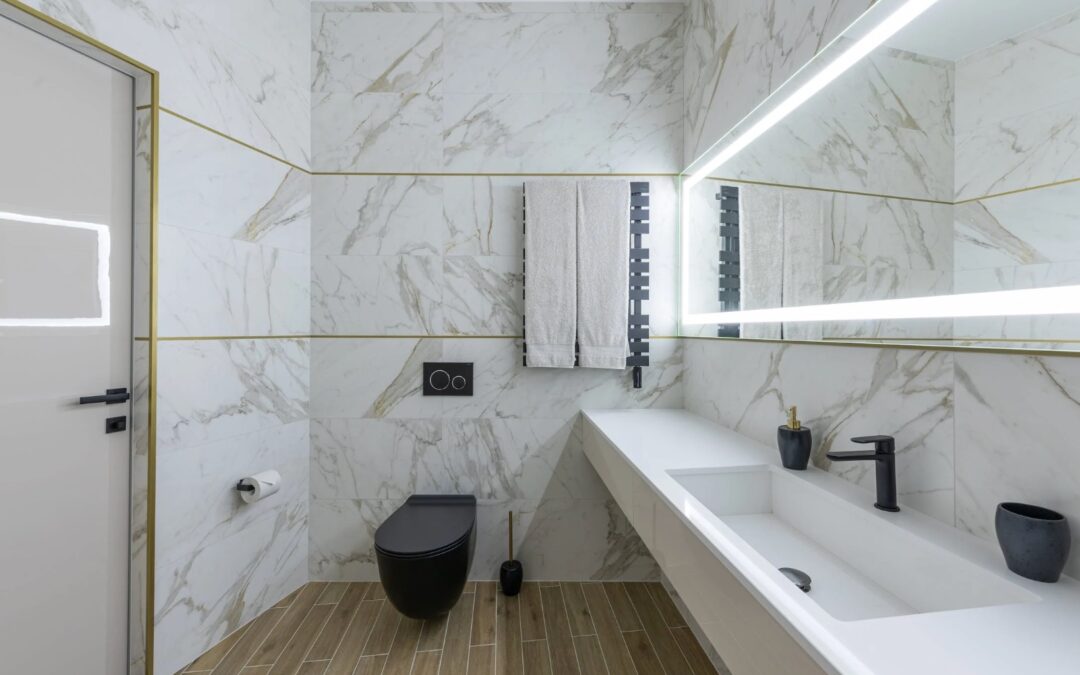The back flow prevention device is a little-known, but very effective device that often goes unnoticed. As the name implies, this device prevents back flow. This is a common problem in residential and commercial complexes. Back flow preventers are difficult to find in single-family houses because there is so little back flow.
The backflow stopper is what makes your water safe and clean enough to use in the household. In most cases, backflow doesn’t pose a problem, except when it comes from a contaminated source. Plumbers emphasize the importance of maintaining backflow for safety and health of residents.
We’ll highlight the importance and reasons for back flow Maintenance in this article.
How does backflow contaminate water?
Your pipe maintains water flow in a certain direction due to pressure. When the pressure drops, water will flow in the opposite direction. This can lead to contaminants in your plumbing system which supplies your drinking waters.
We have now established the reasons why backflow can be harmful to your health. Let’s take a look at what you can do to detect backflow.
The Backflow Preventer is available
Backflow is more common in multifamily buildings than commercial buildings, as we have already mentioned. Backflow prevention measures have been put in place by cities and municipal water supplies to stop it from entering drinking water. In most urban areas, the law mandates that every commercial or residential property installs a water preventer in accordance with their building codes .
It’s your responsibility to keep your backflow preventioner in top shape after the city does its job. To determine whether your drinking water is backflow-free, you should have it tested at least once a calendar year. You can protect your family and employees’ health.
Signs you might have a back-flow issue
When you open your faucet you expect that water will flow unaffected from it. If this doesn’t happen then your plumbing is probably a problem. Here are some signs you might have a problem with your backflow.
Water that is discolored is an indication of a problem with back flow. Even if water is slightly discolored, it is still possible that there is backflow. You should contact a plumber immediately if your water turns brown or yellow.
If your water tastes strange– Water shouldn’t taste. Back flow problems can be identified if your water suddenly tastes salty or sweet. Drink no water that tastes strange; have it checked out by a plumber.
Seek out visible sediments in the water– Tap water can contain harmful particles. These particles can be either silt or iron particles. Both of these cases are signs that there is an issue with back flow and you should address it.
Water pressure changes in certain taps – If water pressure drops in one faucet but not in another, this could indicate a backflow issue.
These signs can help you determine if there is a problem with your back flow. A back-flow issue could be a result of any one of the symptoms.

